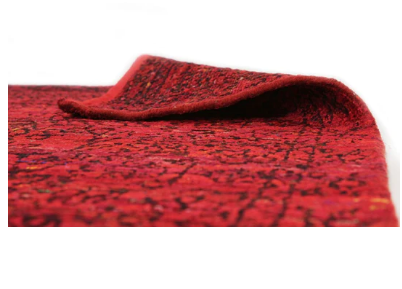- July 28, 2023
How to Determine the Authenticity of Traditional Rugs

Traditional rugs are beautiful pieces of art that are made with expertise and accuracy using centuries-old methods that have been handed down through the generations. However, with the rise of mass-produced imitations, it’s essential to distinguish authentic traditional rugs from fake ones among the widest range traditional rugs.
Factors to consider while determining the authenticity of traditional rugs:
- Origin and Design: Each traditional rug style is unique to its region, and specific themes carry cultural and historical significance. For example, Persian rugs feature distinct floral and geometric patterns, while Turkish rugs often include medallions and geometric motifs.
- Materials Used: Traditional rugs are typically handcrafted using natural materials like wool, silk, or cotton. Check the rug’s label or inquire about its materials. High-quality wool rugs are soft, durable, and resistant to stains, while silk rugs have a luxurious sheen. Synthetic fibres are often used in imitation rugs, so beware of rugs claiming to be authentic but made from artificial materials.
- Knotting Technique: Traditional rugs are often hand-knotted, a labour-intensive process where individual knots are tied to the rug’s foundation. This technique creates a unique texture and ensures longevity. Look at the back of the rug; hand-knotted rugs will have an intricate pattern of knots.
- Rug Fringes: Authentic traditional rugs will have fringes that are part of the rug’s foundation, as they are an extension of the warp strings.
Determining the authenticity of traditional rugs among the widest range of traditional rugs requires a keen eye for details and a bit of research. Understanding the unique characteristics of each rug style will help you make an informed decision and invest in a genuine piece of timeless art for your home.
Content Writer